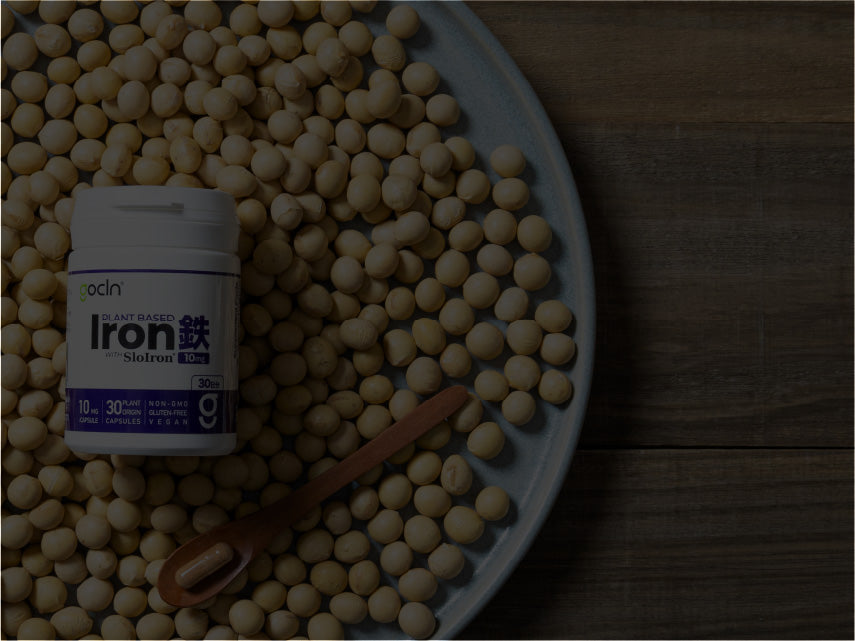Effects of a Hypocaloric, Nutritionally Complete, Higher Protein Meal Plan on Regional Body Fat and Cardiometabolic Biomarkers in Older Adults with Obesity
Monica et al.
Ann Nutr Metab. 2019;74(2):149-155. doi: 10.1159/000497066. Epub 2019 Feb 12.
Abstract
Background: Whether improvements in cardiometabolic health following weight loss (WL) are associated with changes in regional body fat distribution (gluteal vs. -android) is not well documented.
Methods: Older (age: 70 ± 4 years; mean ± SD) adults with obesity were randomized to a 6-month WL program (WL; n = 47), accomplished using a hypocaloric, nutritionally complete, higher protein -(targeting ≥1.0 g/kg/day) meal plan, or a weight stability (WS; n = 49) program. Android, gynoid, visceral, and subcutaneous abdominal fat masses (via dual energy X-ray absorptiometry ) and fasting glucose and lipid profiles were assessed at baseline and 6 months.
Results: The WL group lost more body weight (WL: -8.6% vs. WS: -1.7%, p < 0.01), resulting in a reduction in fat mass at each region only following WL (all p < 0.05). The decline in the ratio of android/gynoid fat mass also was significant only following WL, resulting in greater declines than WS (mean [95% CI]; WL: -0.026 [-0.040 to -0.011] vs. WS: 0.003 [-0.012 to 0.019] g, p < 0.01). The change in the ratio of visceral/subcutaneous abdominal fat mass was not significant in either group and did not differ between groups (WL: 0.65 [-0.38 to 1.68] vs. WS: 0.05 [-1.00 to 1.10] g, p = 0.42). In general, the improvements in glucose and lipid profiles were associated with declines in fat mass at the gynoid and android regions (r's = 0.20-0.42, all p < 0.05), particularly the visceral depot but not the ratios.
Conclusion: WL achieved via a hypocaloric, nutritionally complete, higher protein meal plan is effective in reducing body fat in the android, gynoid, and visceral depots, which relate to cardiometabolic improvements.
Keywords: Body composition; Obesity; Weight loss.
© 2019 S. Karger AG, Basel.
Resource from: https://pubmed.ncbi.nlm.nih.gov/30754039/




